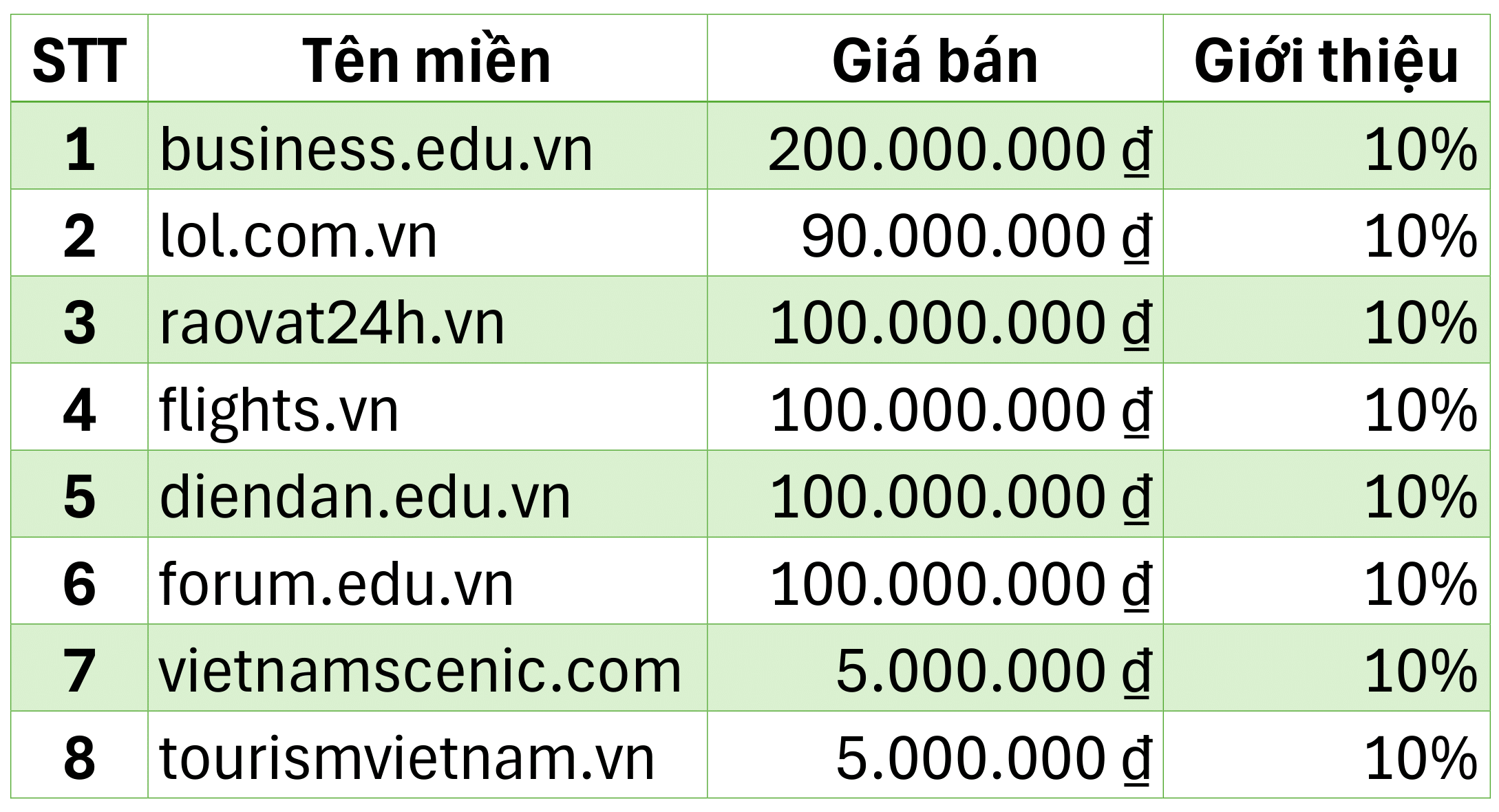haibiettuot
Nhân Viên
Introducing fish into your baby’s diet marks an exciting milestone on the path to a healthy and balanced nutrition. Fish offers a rich source of high-quality protein, omega-3 fatty acids such as DHA, vitamin D, and minerals like iodine and selenium, all essential for brain development, vision, immune support, and overall growth. However, many parents ask the important question: when can babies eat fish safely, and how should it be introduced to minimize risks of allergies or choking hazards? This comprehensive guide answers these questions and offers practical tips.
The ideal age and signs of readiness for babies to eat fish
 Most pediatricians recommend that fish can be safely introduced into your baby’s diet once they are around six months old. This is typically when solid foods start to complement breast milk or formula. Before six months, your baby’s digestive and immune systems are still immature and may not cope well with complex proteins found in fish.
Most pediatricians recommend that fish can be safely introduced into your baby’s diet once they are around six months old. This is typically when solid foods start to complement breast milk or formula. Before six months, your baby’s digestive and immune systems are still immature and may not cope well with complex proteins found in fish.
Besides age, it is crucial to observe your baby’s developmental readiness before offering fish. Look for signs such as:
Research has also shown that introducing allergenic foods like fish between 4 to 6 months may help reduce the risk of developing food allergies. This contrasts with older guidelines that recommended delaying allergenic foods. However, if your family has a history of allergies or eczema, it is wise to consult your pediatrician for personalized advice.
Choosing safe and nutritious fish for your baby
 When deciding when can babies eat fish, the type of fish you choose is as important as the timing. Fish vary greatly in mercury content and other contaminants, so selecting low-mercury fish is essential for your baby’s safety.
When deciding when can babies eat fish, the type of fish you choose is as important as the timing. Fish vary greatly in mercury content and other contaminants, so selecting low-mercury fish is essential for your baby’s safety.
Recommended fish varieties include:
Avoid fish known for higher mercury levels, such as:
Additionally, always purchase fish from trusted sources, preferably fresh or properly frozen to ensure safety and quality. Avoid processed fish products like fish sticks or fish patties that may contain additives, excess salt, and unhealthy fats.
Safe preparation methods to introduce fish to babies
 How you prepare fish is crucial when introducing it to your baby. Proper cooking eliminates bacteria and parasites that can cause foodborne illnesses.
How you prepare fish is crucial when introducing it to your baby. Proper cooking eliminates bacteria and parasites that can cause foodborne illnesses.
Recommended cooking methods include:
For babies just starting solids, pureeing cooked fish with breast milk, formula, or cooked vegetables can help create a smooth, appealing texture. This gradual introduction allows babies to get used to new flavors and reduces gagging or choking.
As your baby develops chewing skills (typically after 8-10 months), you can start offering small, soft flakes of fish. Always check carefully for and remove any bones before serving. Never offer fish with bones intact, as they pose a serious choking hazard.
Avoid adding salt, sugar, or strong spices, as babies’ kidneys are still developing and excess sodium can be harmful. Plain, natural flavors are best for young babies.
Recognizing and managing allergic reactions to fish
 Fish is a common allergen, and it is natural for parents to worry about allergic reactions. However, evidence suggests that early, controlled exposure to allergenic foods like fish may actually help reduce allergy development.
Fish is a common allergen, and it is natural for parents to worry about allergic reactions. However, evidence suggests that early, controlled exposure to allergenic foods like fish may actually help reduce allergy development.
When introducing fish, offer small amounts initially and observe your baby carefully for any adverse reactions. Common signs of a fish allergy include:
To help pinpoint allergies, introduce new foods one at a time, leaving a 3-5 day gap before trying another new food. This approach helps identify the specific food causing the reaction if any symptoms occur.
Additional tips for feeding fish to babies

So, when can babies eat fish? Most babies can safely start eating fish around six months of age, provided they show developmental readiness and fish is prepared and served safely. Choosing low-mercury fish varieties, cooking thoroughly, and introducing fish gradually will maximize health benefits while minimizing risks. With careful observation and consultation with healthcare professionals when needed, fish can be a delicious, nutritious, and important part of your baby’s diet, supporting their growth, brain development, and overall well-being.
View more information at: https://www.akfood.vn/en/when-can-babies-eat-fish/
View details at: https://www.akfood.vn/en/
The ideal age and signs of readiness for babies to eat fish

Besides age, it is crucial to observe your baby’s developmental readiness before offering fish. Look for signs such as:
- Sitting up well with minimal or no support, which ensures safe swallowing and reduces choking risk.
- Showing genuine interest in food, such as reaching for or watching others eat.
- Losing the tongue-thrust reflex, meaning your baby no longer automatically pushes solids out of their mouth.
Research has also shown that introducing allergenic foods like fish between 4 to 6 months may help reduce the risk of developing food allergies. This contrasts with older guidelines that recommended delaying allergenic foods. However, if your family has a history of allergies or eczema, it is wise to consult your pediatrician for personalized advice.
Choosing safe and nutritious fish for your baby

Recommended fish varieties include:
- Wild-caught salmon: rich in omega-3 fatty acids and low in mercury.
- Cod: a mild-flavored white fish that is easy to digest.
- Haddock and pollock: commonly used in baby foods due to their gentle taste.
- Sole: another mild white fish with low mercury levels.
Avoid fish known for higher mercury levels, such as:
- Shark
- Swordfish
- King mackerel
- Tilefish
Additionally, always purchase fish from trusted sources, preferably fresh or properly frozen to ensure safety and quality. Avoid processed fish products like fish sticks or fish patties that may contain additives, excess salt, and unhealthy fats.
Safe preparation methods to introduce fish to babies

Recommended cooking methods include:
- Baking: cooking fish in the oven without added salt or seasoning.
- Steaming: a gentle method that retains moisture and nutrients.
- Poaching: simmering fish in water or broth without harsh heat.
For babies just starting solids, pureeing cooked fish with breast milk, formula, or cooked vegetables can help create a smooth, appealing texture. This gradual introduction allows babies to get used to new flavors and reduces gagging or choking.
As your baby develops chewing skills (typically after 8-10 months), you can start offering small, soft flakes of fish. Always check carefully for and remove any bones before serving. Never offer fish with bones intact, as they pose a serious choking hazard.
Avoid adding salt, sugar, or strong spices, as babies’ kidneys are still developing and excess sodium can be harmful. Plain, natural flavors are best for young babies.
Recognizing and managing allergic reactions to fish

When introducing fish, offer small amounts initially and observe your baby carefully for any adverse reactions. Common signs of a fish allergy include:
- Skin reactions such as hives, redness, or swelling.
- Gastrointestinal symptoms like vomiting, diarrhea, or abdominal pain.
- Respiratory problems including wheezing, coughing, or difficulty breathing.
To help pinpoint allergies, introduce new foods one at a time, leaving a 3-5 day gap before trying another new food. This approach helps identify the specific food causing the reaction if any symptoms occur.
Additional tips for feeding fish to babies

- Always supervise your baby during meals to prevent choking.
- Serve fish at appropriate temperatures—neither too hot nor too cold.
- Store cooked fish properly and avoid keeping leftovers beyond 24 hours.
- Consider combining fish with iron-rich foods to enhance iron absorption.
- Gradually increase the variety and texture of fish as your baby grows to encourage adventurous eating.
So, when can babies eat fish? Most babies can safely start eating fish around six months of age, provided they show developmental readiness and fish is prepared and served safely. Choosing low-mercury fish varieties, cooking thoroughly, and introducing fish gradually will maximize health benefits while minimizing risks. With careful observation and consultation with healthcare professionals when needed, fish can be a delicious, nutritious, and important part of your baby’s diet, supporting their growth, brain development, and overall well-being.
View more information at: https://www.akfood.vn/en/when-can-babies-eat-fish/
View details at: https://www.akfood.vn/en/


 Vận hành bởi Trương Anh Vũ®
Vận hành bởi Trương Anh Vũ®